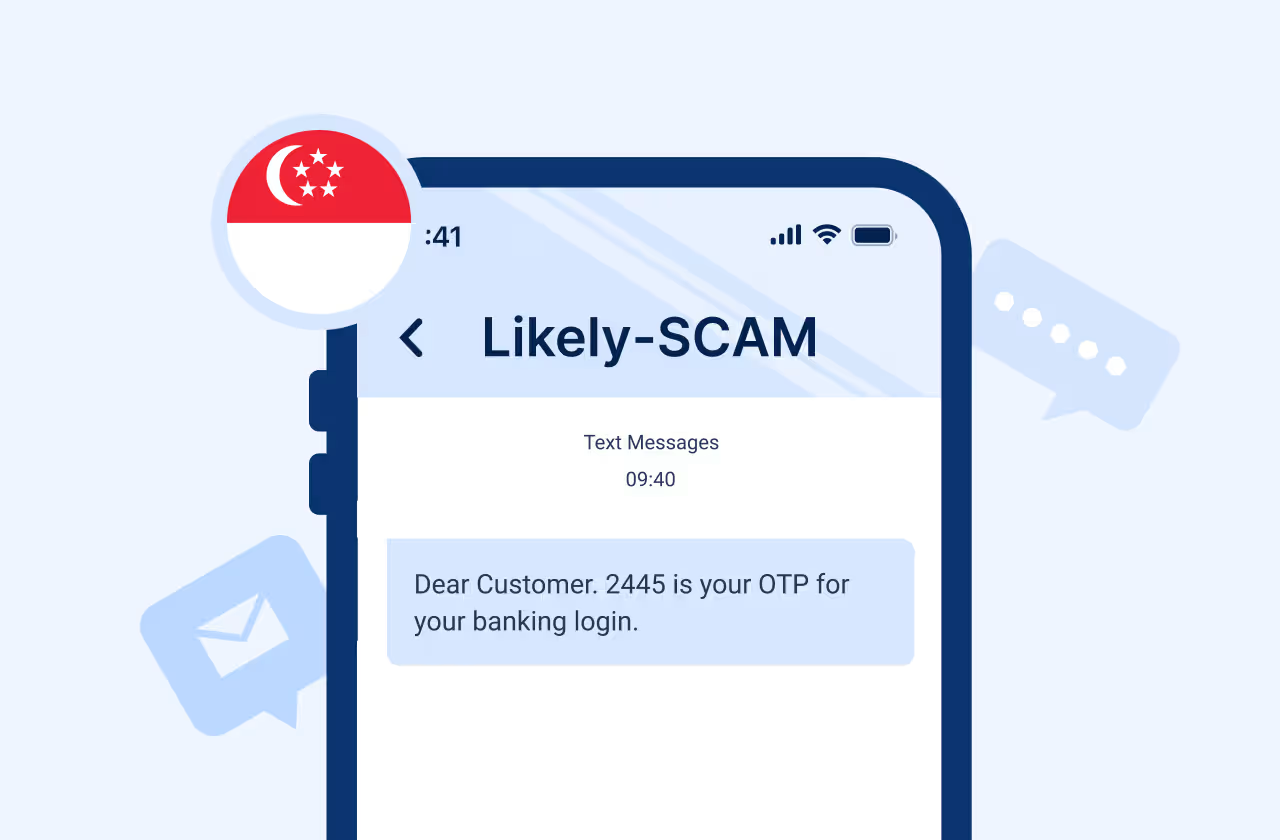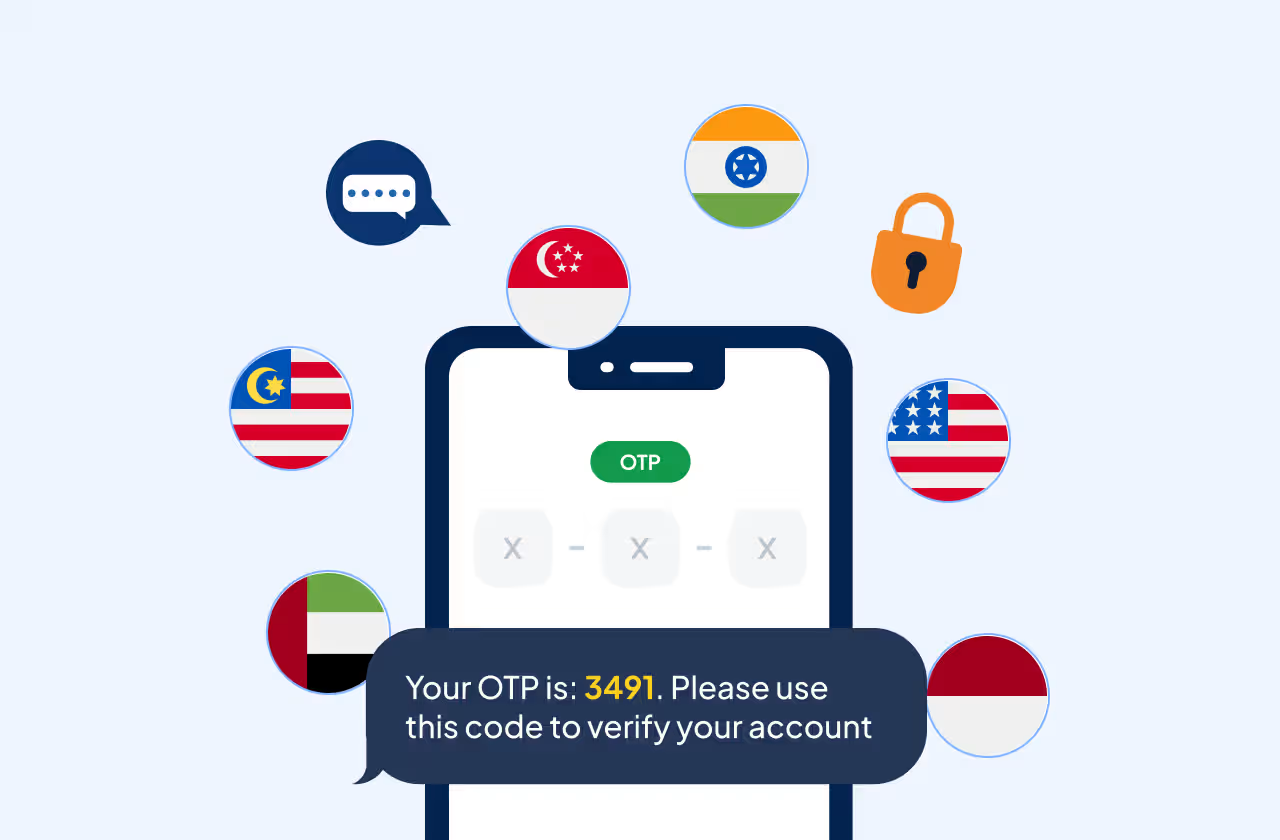Key Takeways
A survey reveals that 80.5% of consumers read their text notifications within five minutes of receiving them. SMS texting and Instant Messaging are two of the most widely used methods for sending and receiving messages. Each has its unique features, benefits and limitations. Understanding the differences and facts about texting and Instant Messaging can help businesses and individuals choose the right tool for their needs.
What is SMS Texting?
SMS (Short Message Service) texting is a communication method that allows users to send and receive text messages via mobile networks. Each message is limited to 160 characters and can be sent to any mobile phone number, regardless of the recipient's device or service provider. Like professional text message examples or receiving text message invitations from companies a promotional activity.
What is Instant Messaging?
Instant messaging (IM) is a communication method that allows users to send and receive messages in real-time over the internet. IM services often include additional features such as file sharing, voice & video calls and multimedia messaging. Popular IM platforms include WhatsApp, Facebook Messenger, iMessage and Telegram. Most iPhone users would gladly choose iMessage when questioned about SMS vs iMessage.
How Do SMS Texting and Instant Messaging differ in usage?
SMS texting is primarily used for sending brief text-only messages to any mobile device. It is widely used for notifications, alerts, user authentication via SMS verification and personal communication. Instant messaging, on the other hand, is used for more interactive communication, often including multimedia and is popular for both personal and professional use. These includes tools like RCS, WhatsApp etc.
You can also refer to our guide on RCS vs SMS for a detailed comparison.
Key Differences Between SMS Texting and Instant Messaging?

Some key differences between SMS Texting and Instant Messaging are:
- Delivery and Reliability
SMS texting relies on mobile networks, which ensures message delivery even in areas with poor internet connectivity therefore most companies use SMS marketing to reach wider set of audience. Instant messaging requires an internet connection, which can affect reliability in low-connectivity areas.
- Cost
SMS pricing often incurs charges per message, which can add up especially for international texts. Instant messaging is usually free with costs limited to data usage or internet access fees.
- Message Length and Content
SMS messages are limited to 160 characters per message and typically only support text messages in SMS technology applications and platforms. Instant messaging allows for longer messages and supports multimedia content, including images, videos and voice notes.
- Reach and Accessibility
SMS texting can reach any mobile phone with a cellular connection making it universally accessible. Instant messaging requires both the sender and receiver to have internet access and use the same IM platform.
- Security and Privacy
SMS messages are less secure, as they are not encrypted and can be intercepted. Many instant messaging services offer end-to-end encryption, enhancing the security and privacy of communications. This is a major concern to consider when preventing your business from silent SMS attacks.
What are some advantages of using SMS Texting?
Some advantages of using SMS Texting are:
- Universal Reach
SMS texting can reach any mobile device, regardless of the user's internet access or messaging app preferences. This makes it a reliable method for reaching a broad audience.
- Reliability
SMS texting relies on cellular networks, which are generally more stable and widespread than internet connections. This ensures messages are delivered even in areas with poor internet connectivity and allow auto reply texts.
- Simplicity
SMS texting is straightforward, requiring no special apps or setup. Users only need a mobile phone and a phone number, making it accessible to everyone, including those less tech-savvy.
What are some advantages of using Instant Messaging?
Some advantages of using Instant Messaging are:
- Rich Media Support
Instant messaging supports multimedia content, including images, videos, voice notes and files. This allows for more engaging and interactive communication compared to text-only SMS. You can send an RCS message from your mobile itself. Although iPhone can have some restrictions.
- Cost-Effective
Instant messaging is typically free, with no per-message charges. Users only incur data or internet access fees, making it an economical choice for frequent communication.
- Versatile Communication
Instant messaging platforms offer features like group texting, voice and video calls, status updates and more. These functionalities provide a more versatile communication experience.
Use Cases and Features of SMS Texting?
Some use-cases and features of SMS Texting are:
- Notifications and Alerts
SMS texting is ideal for sending time-sensitive notifications and alerts, such as appointment reminders, payment confirmations and emergency alerts. Its reliability ensures messages are received promptly. Automated text messages can also be utilized for such alerts, ensuring timely delivery.
- Marketing Campaigns
SMS texting boasts high open rates, making it effective for marketing SMS campaigns. Businesses use it to send promotional offers, discounts and updates directly to customers' mobile phones. According to a survey, 80.5% of consumers read their text notifications within five minutes of receiving them.
- Customer Support
SMS texting allows businesses to provide quick and efficient customer support. Customers can receive instant responses to their queries, enhancing their overall experience. For instance, in ecommerce businesses this can help to win back customers through abandoned cart SMS notifications service.
- Scheduling Messages
Allows businesses to schedule messages to be sent at specific times. This feature helps in planning and automating communication strategies efficiently. Platforms like Message Now provide convenient scheduling options to send business messages for later.
Use Cases and Features of Instant Messaging?
Some use-cases and features of Instant Messaging are:
- Team Collaboration
Instant messaging facilitates real-time team collaboration. Features like group chats, file sharing and video calls enable teams to communicate and collaborate efficiently, regardless of location.
- Customer Engagement
Instant messaging allows businesses to engage with customers on a more personal level. Multimedia support and real-time interaction make it a preferred choice for customer service and support.
- Social Interaction
Instant messaging platforms are popular for personal communication, for example- companies use WhatsApp for internal communication. They enable users to stay connected with colleagues, friends and family through text, voice, and video, fostering social interaction.
- Versatile Communication
Instant messaging platforms offer features like group chats, voice and video calls, status updates and more. These functionalities provide a more versatile communication experience.
What are some challenges of SMS Texting?
Some challenges of SMS Texting are:
- Cost
SMS texting can be expensive, especially for businesses sending large volumes of messages or communicating internationally. However, some platforms like Verify Now by Message Central not only provide reasonable verification and SMS rates but also lessen the hassle for businesses by providing DLT SMS i.e. OTP SMS without DLT registration in India and OTP SMS without the need of A2P 10DLC in the US.
- Limited Content
The 160-character limit and lack of multimedia support can restrict the effectiveness of SMS texting. Businesses may find it challenging to convey detailed information or engage users with rich media.
- Security Concerns
SMS messages are not encrypted, making them vulnerable to interception and frauds. Sensitive information should not be shared via SMS due to potential security risks. It is essential to understand the differences in security measures especially for OTP SMS fraud prevention.
What are some challenges of Instant Messaging?
Some challenges of Instant Messaging are:
- Internet Dependency
Instant messaging requires an internet connection, which can limit its reliability in areas with poor connectivity. Users without internet access cannot receive or send messages. This also limits the applications and platforms unlike in SMS texting where reaching large audiences is easy.
- Platform Compatibility
Both the sender and receiver must use the same instant messaging platform, which can limit communication if users prefer different apps. This can fragment communication channels.
- Privacy Concerns
While many IM services offer encryption, privacy concerns still exist. Data breaches and unauthorized access to personal information are potential risks with instant messaging platforms while this issue is uncommon in SMS texting which is also transforming in passwordless authentication.
Conclusion
SMS texting and instant messaging are both valuable tools for communication, each with its unique strengths and limitations. Understanding their differences helps businesses and individuals choose the right method for their needs.
While SMS texting offers reliability and universal reach, instant messaging provides rich media support and cost-effective communication. By leveraging the strengths of both, businesses can enhance their communication strategies and improve customer engagement.










